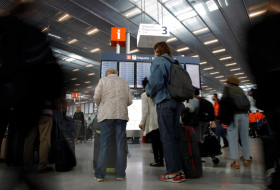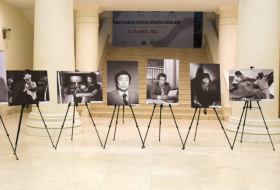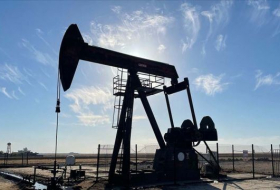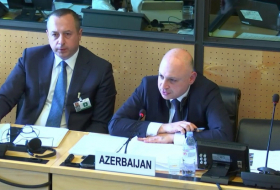“The change in launch timing is not indicative of hardware or technical performance concerns,” Thomas Zurbuchen, associate administrator for NASA’s Science Mission Directorate at Headquarters in Washington, said in a NASA press release. “Rather, the integration of the various spacecraft elements is taking longer than expected.”
The change in launch window request has been coordinated with the European Space Agency (ESA), which is providing the Ariane 5 launch vehicle for the JWST. As part of an agreement with ESA, NASA recently conducted a routine schedule assessment to ensure launch preparedness and determined that a reschedule was necessary.
While testing of the telescope and science instruments at NASA’s Johnson Space Center (JSC) in Houston, Texas, continues to go well and remain on schedule, the spacecraft itself, made up of the spacecraft bus and sunshield, has experienced delays during its integration and testing at Northrop Grumman in Redondo Beach, California.
“Webb’s spacecraft and sunshield are larger and more complex than most spacecraft,” said Eric Smith, program director for the James Webb Space Telescope at NASA Headquarters in Washington. “The combination of some integration activities taking longer than initially planned, such as the installation of more than 100 sunshield membrane release devices, factoring in lessons learned from earlier testing, like longer time spans for vibration testing, has meant the integration and testing process is just taking longer. Considering the investment NASA has made, and the good performance to date, we want to proceed very systematically through these tests to be ready for a Spring 2019 launch.”
On Sept. 27, engineers at JSC began warming Chamber A, signaling the beginning of the end of cryogenic testing for JWST. Once the telescope is at room temperature, sometime in October, the chamber’s massive door will be unsealed.
The gradual rise in temperature over the next few weeks can be seen on the temperature overlay on JWST’s online webcam. The overlays show the temperature of the innermost of two thin metallic shrouds that were used to cool the telescope.
“Engineers will perform the warming gradually … to ensure the safety of the telescope, its science instruments, and the supporting equipment,” Randy Kimble, an integration and test project scientist for the Webb Telescope at NASA’s Goddard Space Flight Center in Greenbelt, Maryland, said in a news release. “Once the chamber and its contents are warmed to near room temperature, engineers will begin to pump gaseous nitrogen into [the chamber] until it is once again at one atmosphere of pressure (at sea level) and no longer a vacuum.”
Engineers are using heaters to gradually warm the inside of the chamber. They will also warm the two shrouds enveloping the telescope and gradually warm the helium gas flowing through the innermost shroud.
The JWST was tested in the airless cold of Chamber A because, in the vacuum of space, the telescope must be kept extremely cold in order to detect faint infrared light from objects that are very far away. The cryogenic testing ensures that all of the telescope’s components and science instruments function properly in a space-like environment.
The next destination for the JWST is Northrop Grumman in Redondo Beach, California, where it will be integrated with the spacecraft bus and sunshield to form the completed observatory. Once there, it will undergo what is called “observatory-level testing” – JWST’s last exposure to a simulated launch environment before flight and deployment testing on the whole observatory.
More about: #NASA
















































